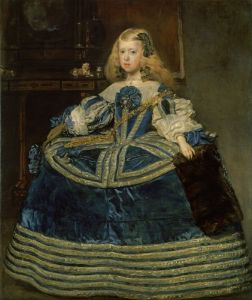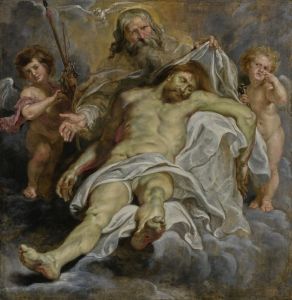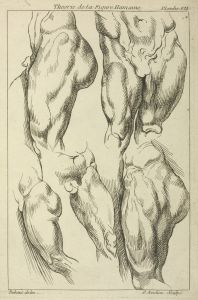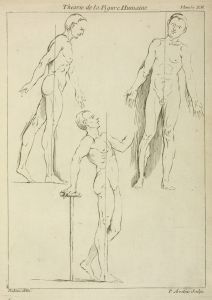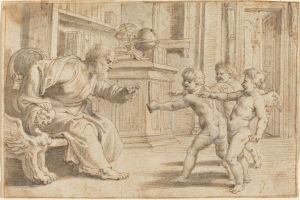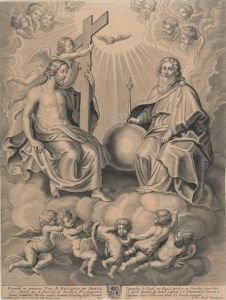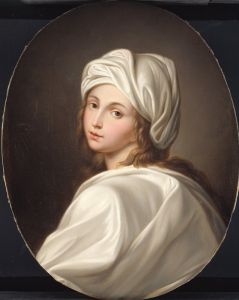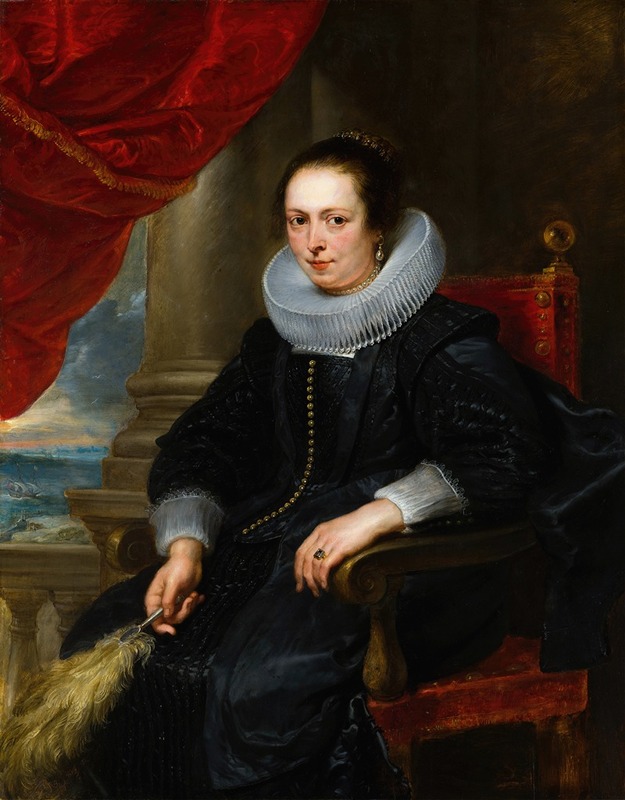
Portrait of a Woman,possibly Clara Fourment
A hand-painted replica of Peter Paul Rubens’s masterpiece Portrait of a Woman,possibly Clara Fourment, meticulously crafted by professional artists to capture the true essence of the original. Each piece is created with museum-quality canvas and rare mineral pigments, carefully painted by experienced artists with delicate brushstrokes and rich, layered colors to perfectly recreate the texture of the original artwork. Unlike machine-printed reproductions, this hand-painted version brings the painting to life, infused with the artist’s emotions and skill in every stroke. Whether for personal collection or home decoration, it instantly elevates the artistic atmosphere of any space.
Peter Paul Rubens, a prominent Flemish Baroque painter, is renowned for his dynamic compositions and vibrant use of color. Among his extensive oeuvre is the painting "Portrait of a Woman, possibly Clara Fourment." This artwork is a testament to Rubens' skill in portraiture, capturing the elegance and grace of his subjects with remarkable detail and sensitivity.
The painting, believed to have been completed in the early 17th century, depicts a woman dressed in luxurious attire, indicative of the fashion of the time. Her attire, characterized by rich fabrics and intricate details, suggests a person of high social standing. The subject's expression is serene and poised, embodying the Baroque ideal of combining realism with an idealized beauty.
Rubens' technique in this portrait is exemplary of his mastery in rendering textures and capturing the play of light on different surfaces. The woman's skin is depicted with a lifelike softness, while the sheen of her garments is rendered with meticulous attention to detail. This ability to convey texture and light is a hallmark of Rubens' portraiture, contributing to the lifelike presence of his subjects.
The identity of the woman in the portrait has been a subject of speculation, with some suggesting she may be Clara Fourment, the sister of Rubens' second wife, Hélène Fourment. However, there is no definitive evidence to confirm this identification, and the title "possibly Clara Fourment" reflects this uncertainty. The Fourment family was well-known in Antwerp, and Rubens painted several members of the family, which adds a layer of intrigue to the portrait's attribution.
Rubens' portraits often went beyond mere representation, capturing the personality and status of his subjects. In "Portrait of a Woman, possibly Clara Fourment," the artist's ability to convey the sitter's dignity and grace is evident. The composition is balanced and harmonious, with the woman's gaze engaging the viewer, a common feature in Rubens' portraits that creates a sense of immediacy and connection.
The painting is also a reflection of the cultural and artistic milieu of the time. Rubens was not only an artist but also a diplomat and scholar, and his works often reflect the intellectual and cultural currents of the Baroque period. His portraits, including this one, are imbued with a sense of grandeur and sophistication, characteristic of the era's artistic expression.
Today, "Portrait of a Woman, possibly Clara Fourment" is appreciated not only for its artistic merit but also as a window into the world of 17th-century Europe. It exemplifies Rubens' ability to blend realism with idealization, creating portraits that are both true to life and timelessly beautiful. The painting remains a significant piece within Rubens' body of work, celebrated for its technical excellence and the enigmatic allure of its subject.





